Sunny Blooms: Discovering Japan’s Summertime Flowers
Add A Festive Floral Touch To Your Garden
There’s no place to beat the heat like the oasis of your own urban garden. Whether you’re new to the greenery game or an avid gardener, read on to brush up on Japan’s best seasonal flowers this summer!
Summer in Japan begins with tsuyu, or the rainy season, which brings cool winds and downpours. It also harkens the arrival of related botanicals that thrive in damp weather. Since I first visited Japan during tsuyu, I have a particular nostalgic affinity for this time of year here, with its dark, glistening, green color palette punctuated by flowery pastels.
High summer in Japan, on the other hand, is known for its sweltering humidity and heat waves that may make for great beach time, but melt everyone unlucky enough to be stuck in a concrete jungle. Luckily, there are plants that thrive in this environment, as well, so your garden will look lush whether you’re tending to it in June, July or August.
Read on to discover five blooms that we recommend are in your garden when the rain and summer sun hit.
1. Hydrangea
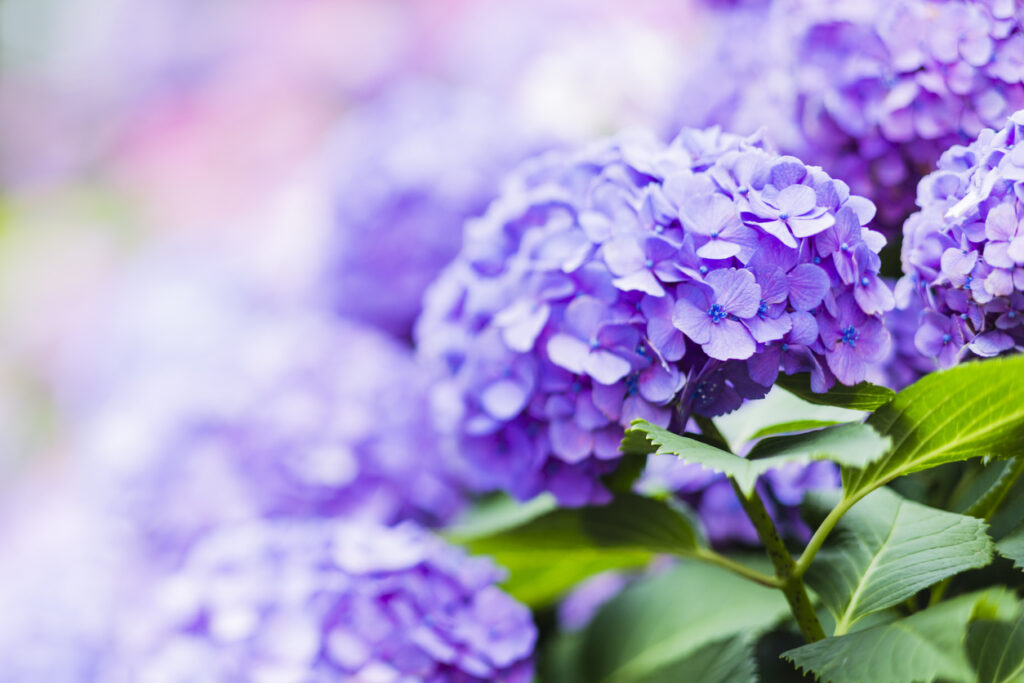 © Photo by iStock: ooyoo
© Photo by iStock: ooyooThe unofficial mascot of the rainy season, look for ajisai (hydrangea) in Japan in June. Whether adorning cards in stationery shops, decorating store windows or starring in the nearest shrine’s matsuri (festival), hydrangeas are an ever-popular blossom in early summer. While many are pastel-colored, with white, light pink, periwinkle blue and lilac purple as the mainstays, hydrangea can also come in electric pinks and deep purples. Gardeners can even change the color of the petals depending on the pH of the soil they are planted in.
Hydrangeas have a reputation as easy-to-care-for plants that are hearty and pest resistant. In order for your hydrangeas to thrive, just remember to water them thoroughly—especially during Japan’s hot summers—and provide them some shade against the strong afternoon sunshine. Also, give them a fertilizer boost about once or twice a year to help enhance their overall appearance and increase their blooming potential.
2. Sunflower
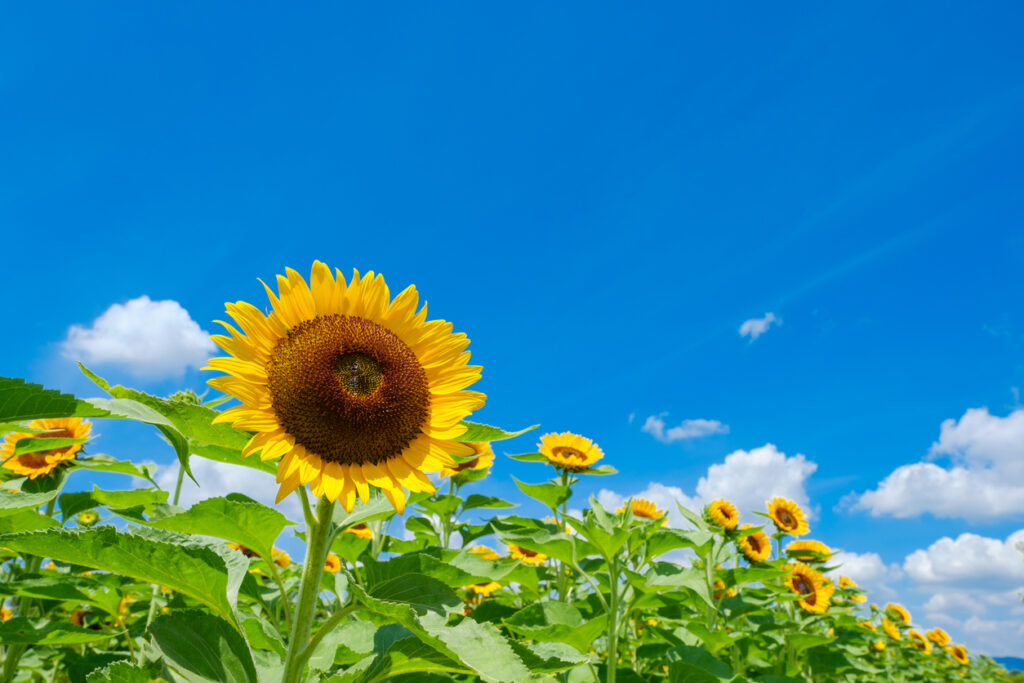 © Photo by iStock: rammy2rammy
© Photo by iStock: rammy2rammyThe mid- and late-summer bloom, himawari (sunflower), originated in North America but is widely popular in Japan. A common staple in summertime bouquets, sunflowers are considered to be positive and uplifting flowers and have the romantic meaning of love at first sight. Although the defining features of sunflowers—tall stalks and bright flowers that rotate toward the sun—remain constant, you can often find sunflower variants, such as mini sunflowers or sunflowers with a dark red rather than yellow coloring, in Japanese florists and garden centers.
Regardless of the sunflower variety you choose to plant, the most important thing to remember is that they need a lot of direct sunlight, at least six to eight hours a day. If you decide to plant tall sunflowers (some varieties can grow over three meters in height!), be aware that they will need staking as they can become top-heavy when their large flowers open.
3. Morning Glory
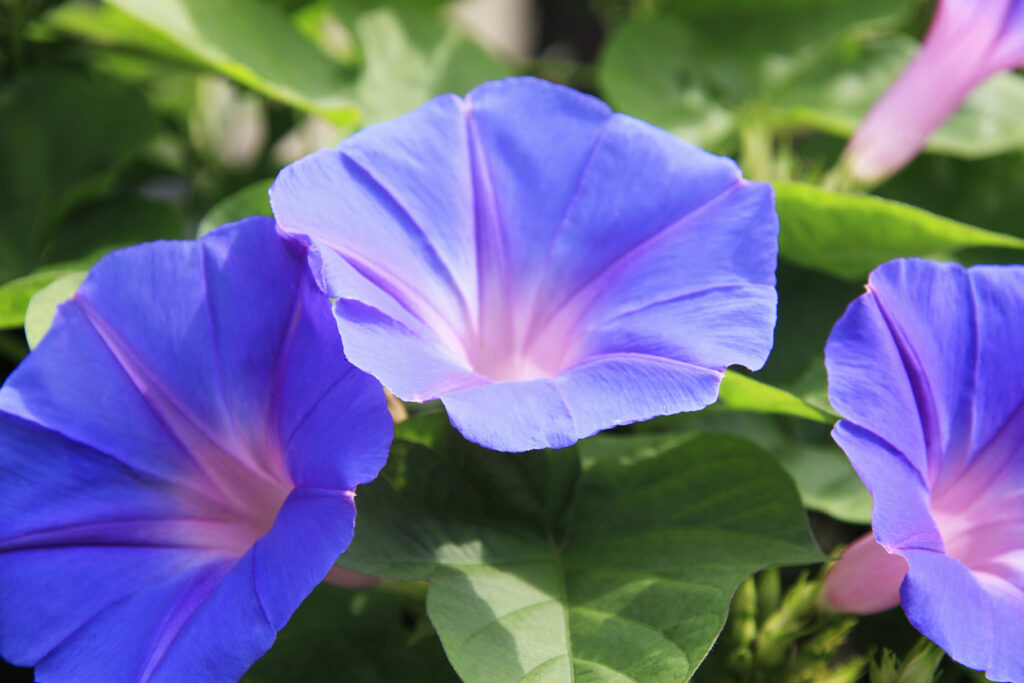 © Photo by iStock: gyro
© Photo by iStock: gyroThe humble asagao, or morning glory, is a nostalgic favorite in Japan. Exceedingly easy to grow, many Japanese kindergarten and elementary school students sow morning glory seeds as their very first planting experience at school. Available in a wide array of colors, from white to bright pink, purple and blue, the main characteristic of these flowers are that they bloom in the morning summer sun and close by afternoon. Morning glories are also a type of vine and as such look lovely when climbing up trellises, walls and more. Indeed, a popular trend recently has been to make morning glory “green curtains” by having them climb up a net or wire divider in a garden or on a balcony.
Morning glories grow quickly from seed and can grow happily either in the ground or in pots on your balcony. They enjoy lots of sunshine and are pest-resistant. Since they are vines, as noted above, they will need a large trellis or net to grow on or they will run rampant wherever they are planted. Regular pruning of mature morning glories will help curtail this problem.
4. Gardenia
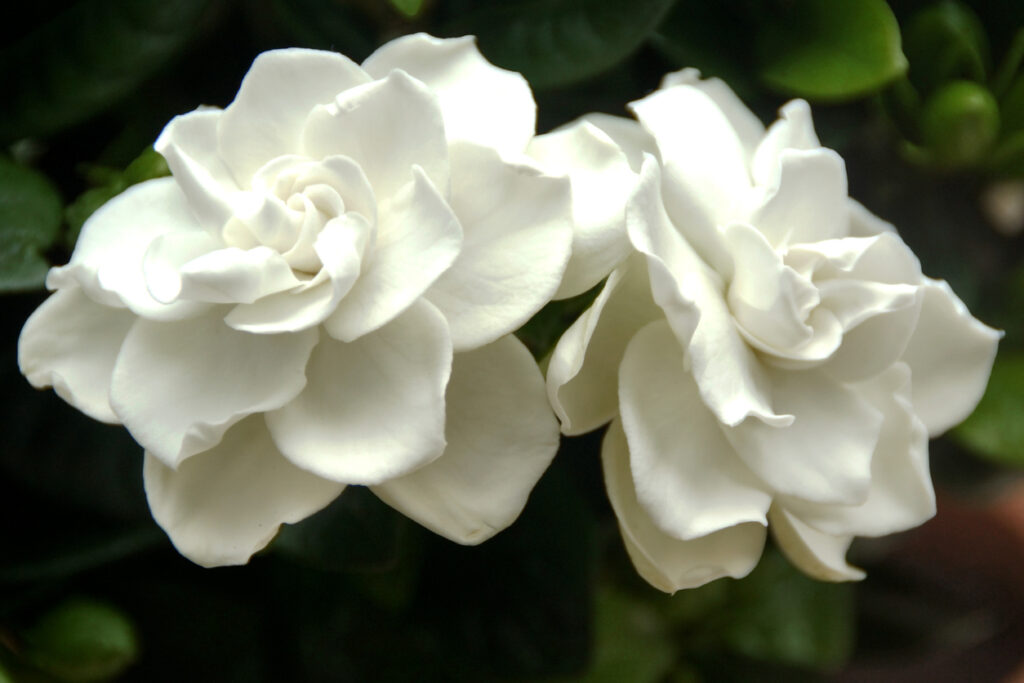 © Photo by iStock: pavolga
© Photo by iStock: pavolgaNative to Southeast Asia, kuchinashi, or the gardenia, is known for its sweet and heavy floral scent. The particular variety most often grown in Japan is also known as a Cape Jasmine in English, referencing the similar scents of the two flowers. This plant’s distinctive perfumed blossoms, which burst open in June and July, are white with a soft felt-like texture. Gardenias also make an appearance in many Japanese songs, such as singer-songwriter Matsutoya Yumi’s famous closing song of the Studio Ghibli classic, Kiki’s Delivery Service, “Yasashisa ni Tsutsumareta Nara.”
Gardenias require more maintenance and special care than other flowering shrubs. To keep your gardenia happy, buy or prepare soil that is slightly acidic, rich in nutrients and drains well. Gardenias need several hours of direct sunlight per day, but like hydrangeas, prefer to be shaded from the strong afternoon sun during the summer months. Also, be sure to regularly check and spray your gardenia against insects that are also attracted to these highly scented plants.
5. Rose of Sharon
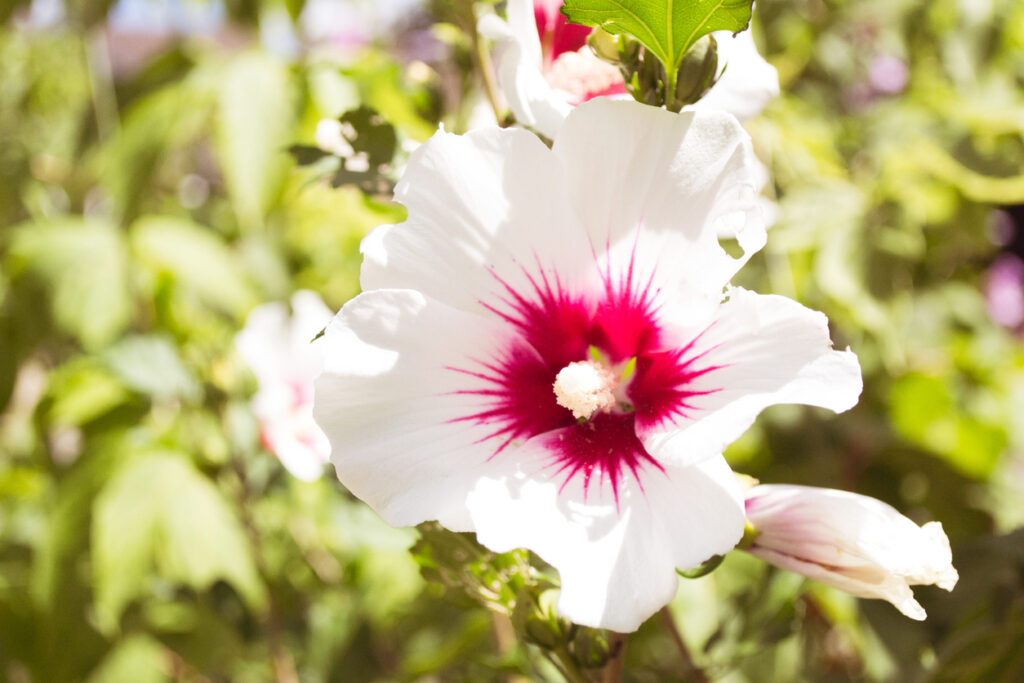 © Photo by Matt James Pokluda
© Photo by Matt James PokludaMukuge, or the Rose of Sharon, is a type of tree hibiscus. Native to Korea and China, this plant has long been cultivated in Japan, as well. Especially hearty and prolific, it begins blooming in early July at the end of the rainy season and continues until the heat of summer recedes in October. The blossoms themselves come in a wide array of colors, from pure white to dusty lavender to bright pink, making them a perennial favorite among Japanese gardeners looking to brighten up their summer outdoor spaces.
Rose of Sharon are easy to grow and care for deciduous shrubs that require full sun for up to six hours a day to thrive. They require little maintenance and will grow in most soil that has good drainage. This shrub can grow quite large in diameter, so if you have space in your garden that you want to fill with a colorful and easy flowering bush, this may be your ideal plant.
Although the rain, humidity and heat may seem discouraging, having your own summer garden in Japan will give you a spot of green where you can weather the extremes of June, July and August. With the five flowers above, you’ll be sure to have a colorful rotation all summer long. Happy planting!












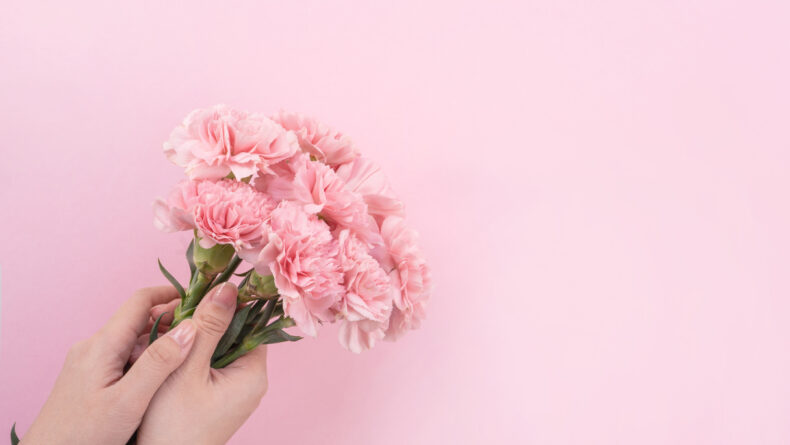
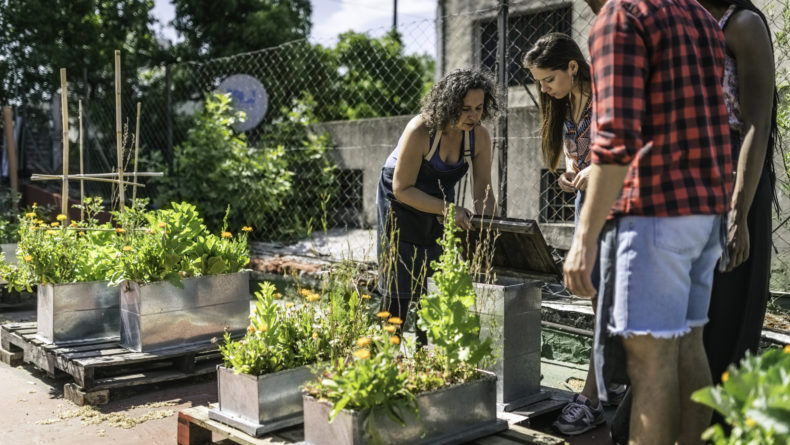
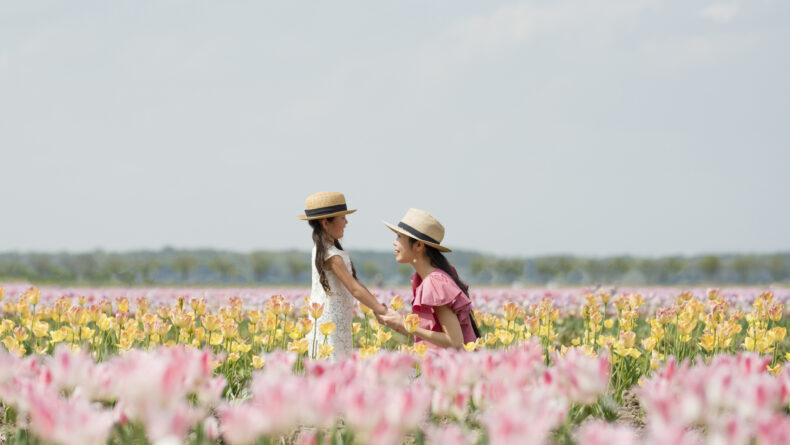

Leave a Reply